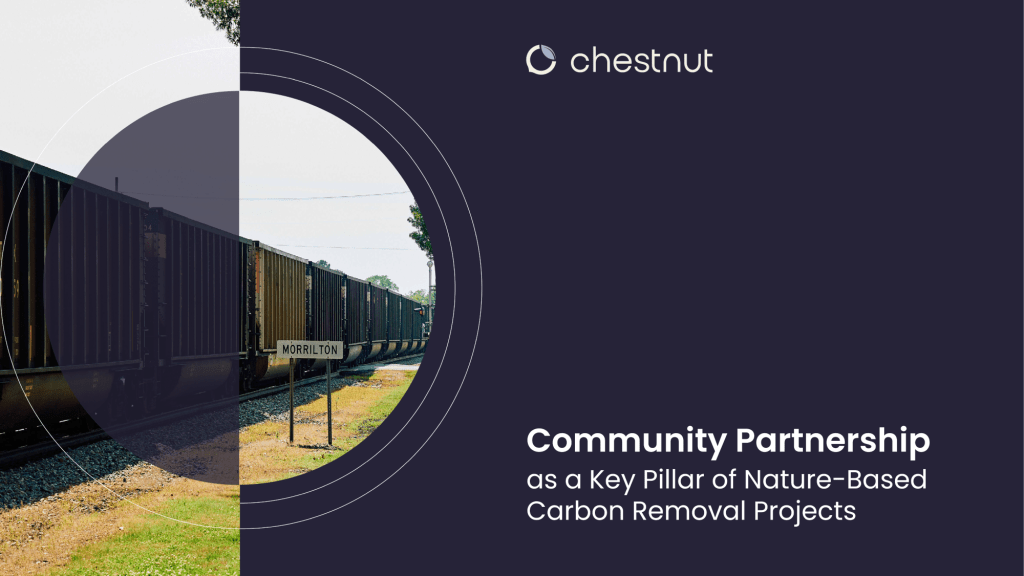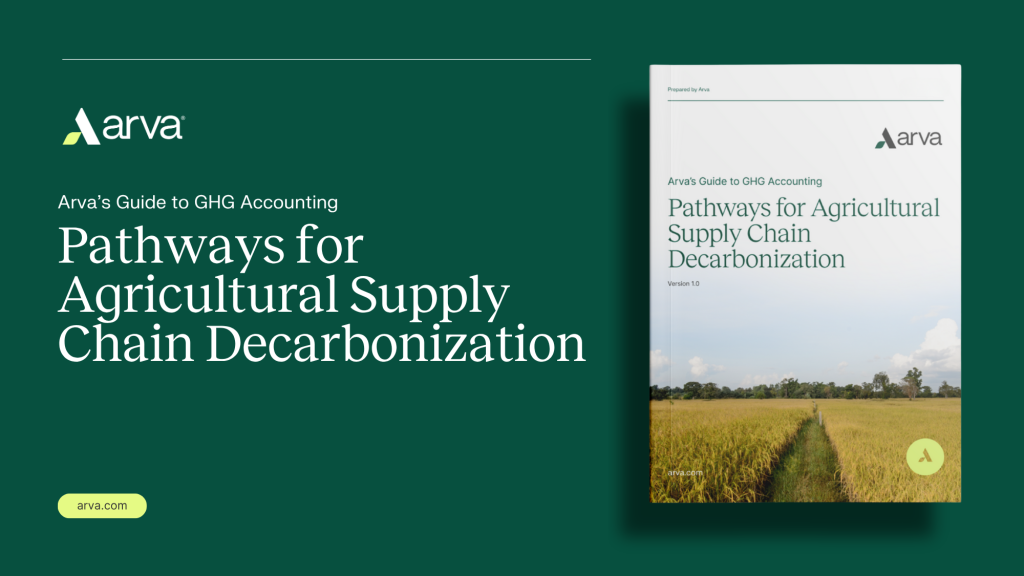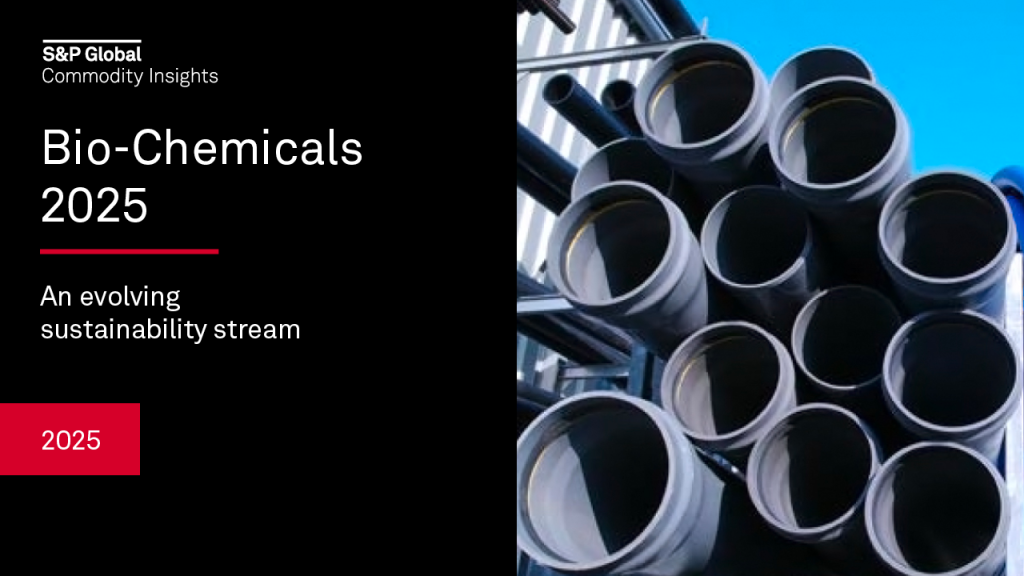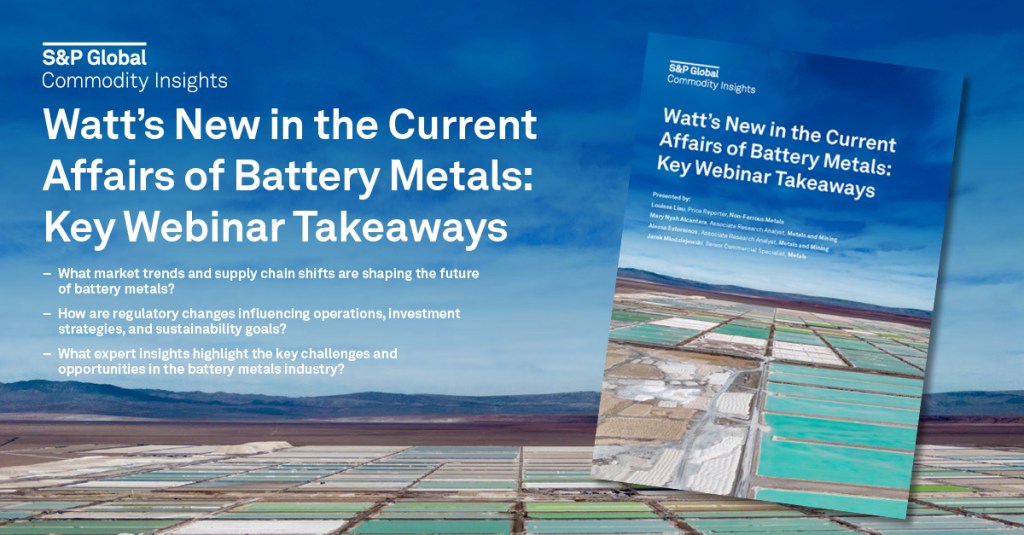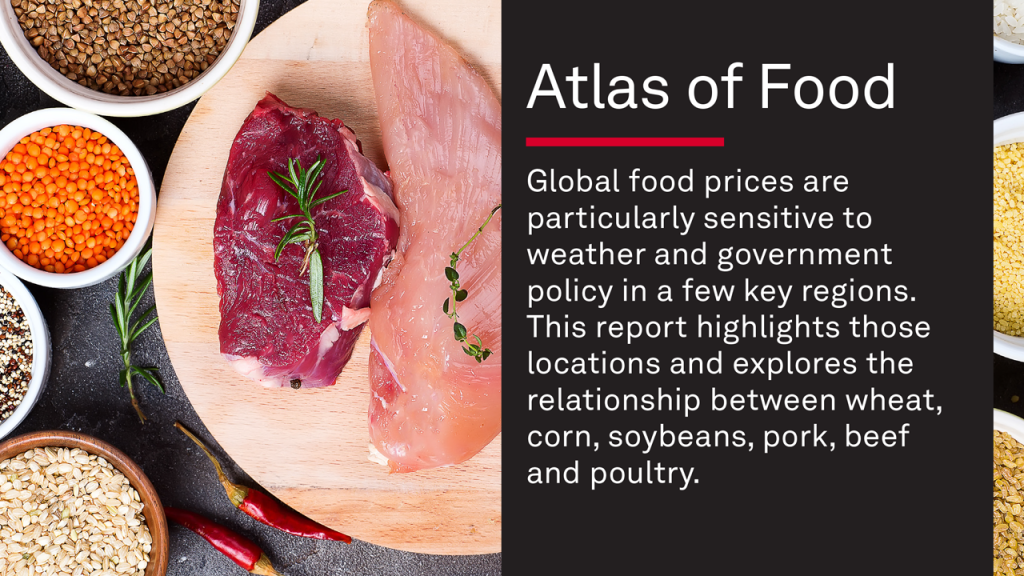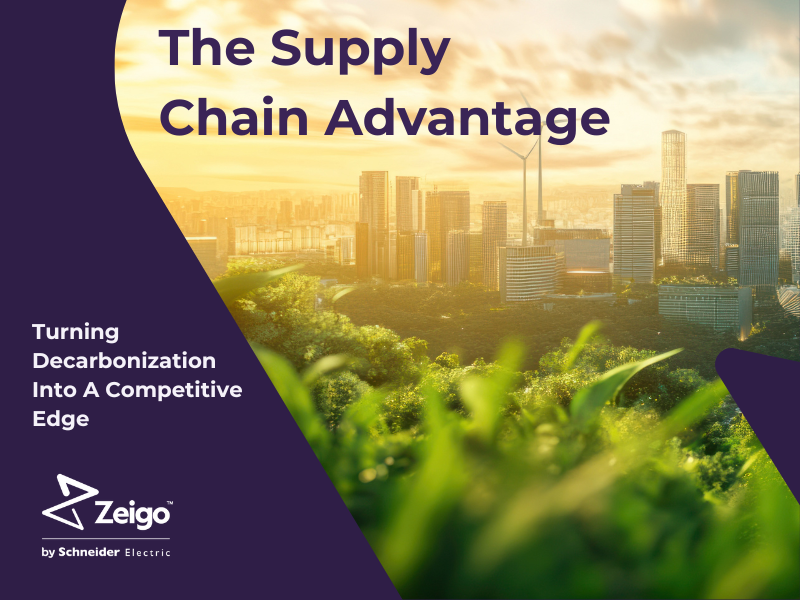Why Nucor and Meta are supporting a new low-carbon iron factory
Their contracts, along with a $50 million grant from Breakthrough Energy, will put startup Electra’s first demonstration plant in service by mid-2026. Read More
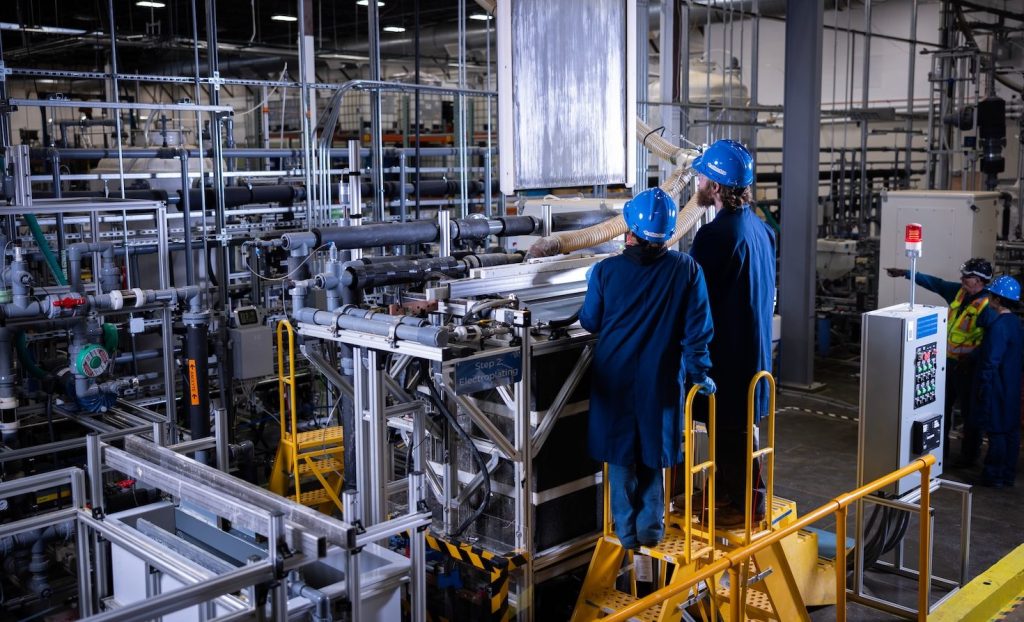
- Initial production will be 500 metric tons of iron a year.
- Automakers including Ford Motor and General Motors are interested in buying low-carbon steel.
- The site will be in Jefferson County, Colorado, near the Boulder company’s other operations.
Startup Electra is building a Colorado demonstration facility that will produce 500 tons of low-carbon iron annually, backed by a $50 million grant from Breakthrough Energy and corporate contracts with Meta, Nucor, Toyota Tsusho and Interfer Edelstahl Group.
The 130,000-square-foot facility in Jefferson County is scheduled to open by mid-2026. It will also benefit from an $8 million state tax credit, the maximum amount available under the Colorado Industrial Tax Credit Offering, which has allocated up to $168 million through 2032 for projects that reduce manufacturing energy loads.
Nucor, the largest U.S. steel producer, which uses largely recycled scrap, will buy some of Electra’s iron. Electra also has contracts with two big steel distributors, Toyota Tsusho and Interfer Edelstahl Group, as well as other companies that Boulder-based Electra declined to name. Social media company Meta will buy the environmental attribute certificates related to Electra’s production, which it can use to claim emissions reductions related to data center construction.
The corporate contracts were crucial for the $50 million grant commitment by Breakthrough Energy Catalyst, which funds first-of-a-kind manufacturing projects to help early-stage companies build stronger commercial cases.
“We like to fund projects that derisk technology and move it up the curve,” said Mario Fernandez, head of Breakthrough Energy Catalyst.
Tough economics
Electra uses a low-temperature process to refine iron ore — one that relies on chemistry and renewable electricity rather than a blast furnace fired with coke, a carbon-heavy form of coal. The steel industry, where much of this iron is used, contributes almost 8 percent of global emissions.
Startups such as Electra and established players such as ArcelorMittal are working on low-carbon or near-zero steel, but progress has been slow because of the furious pace of construction in countries such as China and India and an onerous tariff landscape.
Electra has raised $214 million, not counting the recent grant, from investors including Breakthrough Energy’s venture arm and the Amazon Climate Pledge Fund, which has invested in low-carbon cement and steel to help decarbonize data center construction. (The company will be featured in an Oct. 29 session about “Scaling Low-Carbon Steel” at Trellis Impact 25 in San Jose, California.)
Several buyer coalitions have formed to send early buying signals: both General Motors and Ford Motor, for example, have committed to shifting some of their procurement to favor low-carbon steel.
A lot more supply is needed to meet those promises. It takes at least 1.5 tons of iron to make steel the conventional way, and far less, about 0.60 tons, for steel produced using an electric arc furnace, the process that Nucor uses. A typical U.S. steel plant produces close to 2 million tons annually.
Electra’s initial production at this site wouldn’t fill the construction needs of a hyperscale data center, which might require as much as 20,000 tons. Toyota Tsusho, part of the Toyota Group, plans to sell Electra’s iron for automotive use, while Interfer will target other speciality applications. Electra is also exploring how its iron might be used in magnets and batteries.
The goal at Electra’s site in Jefferson County, near Denver, is to calibrate the company’s processes and test the purity of its product. “We are on track, and this is an important step,” said Kellyn Blossom, head of policy and communications at Electra. “We are hitting our marks and feel confident that we will meet this demand.”

Subscribe to Trellis Briefing
Featured Reports

The Premier Event for Sustainable Business Leaders

